We are a nation of multi-taskers. As you read this, you’re either doing something else, or this is the “something else” you’re doing while your work on other projects or relax in front of another device. Not only are we multi-taskers, we’re also multi-screeners. Whether it’s a smartphone, tablet, PC/laptop, TV or something other device, we’re consuming, creating, and curating content across multiple devices, often at the same time. It seems that we’re rewiring our brains simply by how we interact with content and devices as part of our everyday lives.
As we become increasingly wired…or wireless, that leaves room for two types of people in this world, those who are always-on and those who are at least connected. I’ve long maintained that the net result of connectedness is a narrowing attention span. I don’t necessarily believe that attention is as much distracted as it is focused on what’s important in the moment. As such, businesses are simply trying to reach an audience or audience segments, but instead an audience with an audience of audiences that is interconnected by shared interests and experiences.
How you design, sell, market, and serve will require nothing short of complete transformation over the next 10 years. This is true in not only how you engage connected customers but employees as well. It’s a lifestyle and as businesses, we must become connected to earn relevance. If we don’t, then we earn just the opposite, irrelevance. I refer to this transitory economic state as Digital Darwinism, when technology and society evolve faster than the ability to adapt.
So what does this multi-tasking multi-screen audience with an audience of audiences look like you ask? Google recently released a telling report, “The New Multiscreen World” that reveals the extent of cross platform consumer behavior.
The study offers an awakening glimpse into the impact of connected consumerism and how it forces a shift in the future of customer engagement. In short, your customer base is fragmented. Just showing up in new channels and creating website-like presences in social networks isn’t enough. Designing apps or creating digital assets for mobile devices is only part of the solution. Without a vision, without an articulation of the overall experience and how customer engagement takes shape in each channel and as a whole, any work you do may hurt more than it helps.
What does the multi-screen world look like today?
According to Google’s research, 90% of all media interactions are screen based, including smartphones, laptops, tablets, and TVs. On average, consumers spend 4.4 hours of leisure time in front of these screens every day. On the contrast, only 10% of all media interactions are non-screen based. The victims of this attention shift come as no surprise as radio, newspapers, and magazines were threatened long ago.
The four screens are becoming equal in how they lure our attention. In each sitting or interaction, time spent on each device isn’t that far apart.
TV – 43 minutes
PC/Laptop – 39
Tablet – 30
Smartphone – 17
Not only are consumers spending a significant amount of time on these devices outside of work, they’re doing so at the same time. And, as the once king of the living room, the idea of a TV, it too is evolving. Programs, how they’re watched and when, will undergo an significant transformation over the next several years. This will be primarily fueled by content consumption behavior and how Generation-C blurs the lines between the screens. As they become more capable, content will freely traverse devices creating an overlap in the roles they play.
Content Context is King
I’ve long maintained that while content is important, context is truly how we’re digitally seduced. That context may shift from device to device. Google found that as consumers move seamlessly between devices each day, they tend to focus usage of each device based on context as well as…
– The amount of time they have or need
– They goal they want to accomplish
– Their location
– Their attitude and state of mind
Each device serves a particular purpose.
Computers Keep Us Productive and Informed
24% of our daily media interactions occur on a PC
40% use PCs to find information
29% use them to keep up to date
69% of use is at home and 31% out of home
Usage is productive and task-oriented
It requires significant amount of time and focus
The mindset is serious with a research intensive attitude
Smart Phones Keep Us Connected
38% of our daily media interactions occur on a smartphone
60% of this usage is at home and 40% out of home
54% of attention is dedicated to communication and 33% is entertainment
People use smart phones to communicate and connect in short bursts of time. And, they need information quickly and efficiently.
Tablets Keep us Entertained
9% of daily media interactions occur on tablets
79% use tablets at home and 21% out of home
63% of usage is for entertainment purposes and 32% is for communication
Tablets are mostly used for entertainment and browsing
Consumers loose their sense of time as tablets inspire a relaxed and leisurely approach
Sequential vs. Simultaneous Usage
As a nation of multi-taskers and multi-screeners, Google observed two forms of distinct behavior.
Sequential usage follows consumers as they begin their journey on one screen and continue that journey across devices at different times to accomplish a specific task. Think about seeing an idea for a trip on your smart phone and then continuing your research to tablet for research and eventually your PC to book the trip.
90% of consumers use multiple screens sequentially to accomplish a task over time.
The top activities for sequential screening include:
Browsing the internet – 81%
Social networking – 72%
Online shopping – 67%
Research/Search – 63%
Managing Finances – 46%
Planning a trip – 43%
Google’s research found that smartphones are the most common starting places for online activities.
PCs are the source of more complex activity.
Tablets are typically the starting point for shopping and trip planning
Simultaneous usage occurs as the consumer is using more than one device at the same time for either a related or an unrelated activity. Social TV is one of the most common examples of simultaneous multi-screening. While watching TV, consumers will use either a tablet, PC, and/or a smart phone to have conversations on social networks about what’s on the TV or just in general, play games, or look up more information about the show that they’re watching.
On average, Google found that we use three different screen combinations every day.
81% – Smartphone and Television
66% – Smartphone and Laptop/PC
66% – Laptop/PC and Television
How are people using these devices simultaneously and to what extent?
Smartphones: 57% of the time consumers us a smartphone, they’re also using another device. 28% of the time is with a PC/Laptop and 29% is with a TV.
Tablets: 75% of the time tablets are used, it’s done so with a smartphone (35%) and TVs (44%).
TVs: 77% of people who watch TV do so with another device. 49% use a smartphone and 34% watch TV with their laptop.
PCs/Laptops: 67% of those who use their laptop/PC are also using another device.
What are people doing during they’re multi-screening?
They’re doing the things that single screeners often do, but just at the same time…
Email = 60%
Internet browsing = 44%
Social networking = 42%
Playing games = 25%
Searching = 23%
In Summary
Consumers are incredibly connected and their attention can only be described as fragmented as best.. As they multi-task and multi-screen, new touchpoints emerge for engagement. Google refers to these new touch points as “found time.” These micro-moments emerge as consumers see or think of something something and reach for the screen that’s closest to them to search. Google found that consumers use these micro-moments across multiple screens to search, shop, communicate and keep entertained….spontaneously. This offers advertisers net additional opportunities to engage consumers throughout the day in ways that are contextually relevant to each screen.
Here’s what real people have to say about how their new found time helps them:
“I’m online more than before, for sure. I check a lot more stuff every day than I normally would have never done, because it’s so easy to check. I can go to 10 apps, when I have 15 free minutes, I can check my bank account or I can check the news or I can check some music websites that are very cool.” – Leum
“I scan for deals on Groupon or Twitter when I’m waiting in line. It’s life time management. Whether it’s something urgent for business or something fun – I get to choose what to look at.” – Maria
That’s what this is about. Your business must now understand how consumer behavior is splintering away from the customer that you know and creating a new type of customer you need to know.
The future is indeed bright across the screens, but what’s happening now is happening by happenstance. Imagine what this will look like once you start to design experiences around found time and the multi-tasking, multi-screen consumer journey. Beyond understanding, for any this to be optimized and beneficial to your business, takes vision and architecture. You are the architect of new experiences for a new generation of connected consumers.
Connect with me: Twitter | LinkedIn | Facebook | Google+
The End of Business as Usual is officially here…
Originally published on AT&T’s Networking Exchange
Image credit: Shutterstock
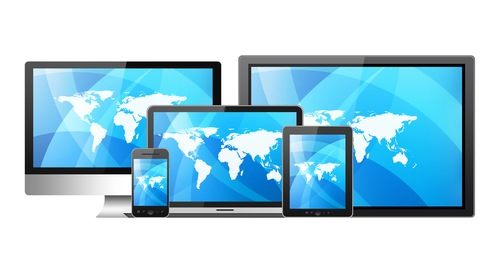
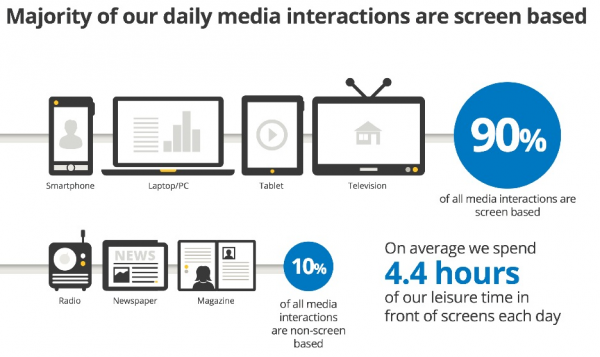
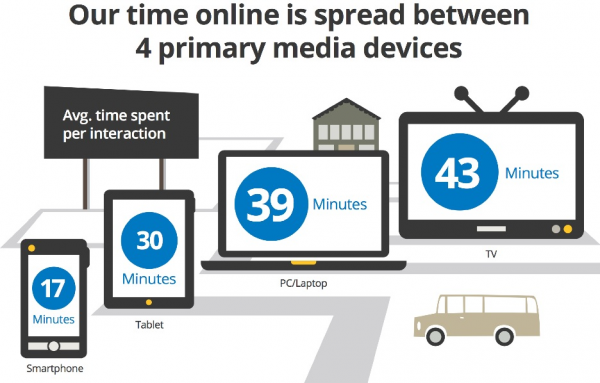
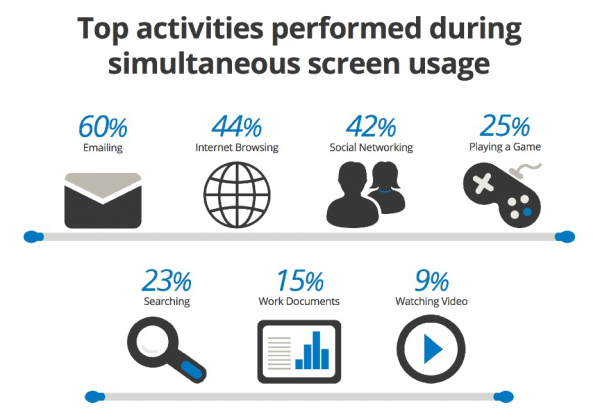

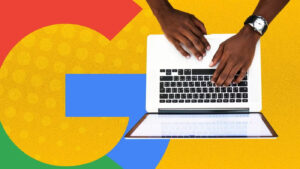
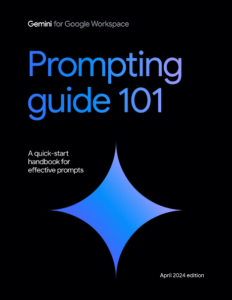
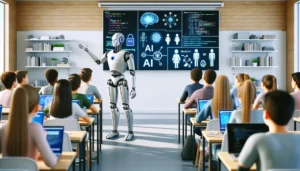

![While AI learns and gets smarter and smarter, I spend my time preparing for the future by… [fill in the blank].
The most important skills of the future are human…
#creativity, #imagination, #individuality, #criticalthinking, #empathy
bit.ly/LifescaleBook 💫
Artist: @asiersanznieto
#promptengineering #prompting #ai #genai #artificialintelligence #keynotespeaker #motivationalspeaker #motivational #motivation #education #learning #leadership #leader](https://briansolis.com/wp-content/plugins/instagram-feed/img/placeholder.png)
I struggle with information overload and I am currently using laptop with one large external screen, a TV attached to a Roku as well as looking at the news on my iPad while typing this post. Seems like too much when I write it out, but it is my everyday routine. Thanks for the post
Thanks for sharing Robert.
This is a very important point for brands and businesses to remember. One dimensional advertising or marketing no longer works. Emotional and connected communication is much more effective. I use to just change the channel when a commercial came on, but now I can watch Youtube videos or surf the Internet instead. There are so many ways to avoid unwanted advertising. It is important to create the best content to really connect to consumers and readers.
So well said. Thank you Dara.
Approved
Yes. The Google report was quite comprehensive. There’s a link in the post. Cheers!
– Brian
I wonder whether you’re (not) discovering an adjunct principle here that may have importance in its own right. I’ve grown up in a marketed population in a family tied to statistical interpretation of marketing data: I learned long ago how to ‘tune out’ unwanted information that some of the misinformed might think eventually reaches my subconscious. I wonder whether “shotgun advertising” hasn’t fostered this “inwardly directed thought” for which the currently aware generation is so often criticized.
Ernie, love the comment. This is part of the reason that native advertising seems to be gaining steam.
“Like”
Brian, certainly very interesting. Love the “context is king” I may digest that more and use in my trends for 2013 post pending! I really think the key question to this whole post is more about “how do we find free time in our free time” (there may be a blog post there too lol)? We multiscreen yes, but how healthy is this? I find myself reading and typing this on my tablet while out for a ‘relaxing’ tea and scone at a cafe. I know about multi screening and the use of the internet etc, but what was really thought provoking for me about your article was how it’s changing our behaviour and how I need to find some free time that I keep free…to do old fashioned things like walk, read a book or just sit and enjoy the silence. Wish me luck lol
I’m looking forward to the latest “multi-screen world” report as this one was released in August by Google. The iPhone 5, the Samsung Galaxy S III, and the Retina iPad data should show how we are allocating more time to the new devices. The one data point I’m really interesting in finding is iPad Mini’s as I saw a different report that mentioned that 47% of iPad Minis were sold to “new” Apple customers increasing their market share (source AlphaWise)
Thank you…me too!
Given my short attention span and my reduced reading comprehension from scanning across several screens, I might have missed this. But did the report look at these trends by age? I look at my “screenagers” and “Qwerty monsters” who have the iphone in one hand, while working a laptop, with the TV on the background. Me, I have spent a good amount of time fighting this and training my attention because I find that I become less informed if I don’t alternate between giving focused attention and skimming … I don’t always win the fight …
Not in this report, but it is here: https://www.briansolis.com/2012/12/social-media-as-the-next-web-2/
I gave this a glance because I suffer from good training: My parents always tried to create an environment for me where I had no interruptions and nothing to break my concentration, which had its advantages, but by High School I noticed that my classmates were able to deflect distraction much easier than could I. And while multitasking used to be a technical term with special nuance in my chosen profession, I have accepted that it has entered the popular vernacular with another meaning, so I am not troubled with whether we are “thunking” or “operating on the interrupt.”
Great article, thanks for sharing some very insightful commentary on the mobile space. While I agree that context is king, and with many of the principles that you mentioned, I do believe that we are on the precipice of the “screen” fading out as an important factor in how people interact with information. Soon, with the onset of the Internet of Things and contextual computing, anything connected to the internet with become a “screen” in a matter of speaking. Whether it is a pair of glasses or contact lenses, or an interactive touchscreen on the train, or connected devices pushing notifications and relevant time and location-based data to us — all of these will drive consumer and corporate behavior as the market matures. Looking forward to all of these new technologies and how we can tap into them and continue to drive mobile innovation.
Gregg, I couldn’t agree more. Love the comment! Thank you…
http://www.linkedin.com/today/post/article/20121212160024-2293140-plugging-into-the-future-of-humanity-exploring-the-human-api
The best ‘storytellers’/content producers/brand navigators/experience architects/context architects will make people regret they looked away from their screen of choice and managing the entire eco-system of multiple screens.
I think ‘stickiness’ or ‘sticky points’ is still a more effective term to describe the touchpoints Brian compared to ‘found time’ simply because once people are ‘found’ (a.k.a engaged), how will brands/businesses/organisations keep them engaged?
Personally, I’m agnostic to the tools of the experience. I get fluent in their application and understand their utility to reach the final objective. Tools come and they go. They get better, they get more or less powerful (bandwidth locally and country/city specific understanding) yet the story and the conversations of those stories are all within this ocean/context behind the screens.
Always love your thoughts…
To be fair, the title is misleading. Multi-tasking is an illusion — and moreover, our brains hardly allow it. We can switch-task and background-task easy, but multi-tasking is tough to do.
multi-tasking is an illusion. We actually task switch, and that overhead hurts productivity. When you do something while waiting on another task (TV commercial time used for checking email) we gain productivity,if we replace an unproductive focus with a good one.
And to your point about reading this post while doing something else. I shut down everythings else when I read Solis. Always worth my full focus
I also greatly appreciated the article. True to the data, it prompted me to update a powerpoint presentation while browsing the story!
Thanks for the data! Great stuff to reflect on.
Cheers Mike!
You mention that the losers are radio and print media. I can’t speak for print, but when it comes to radio, listenership continues to move to screen-based devices – mobile listenership and desktop listenership continue to grow (or from any connected device) – and radio is also visual now – players include now playing details, artist information, photos, biographes and social sharing opportunities and more. Just wanted to point this out – I know it’s not the main focus on your article – but Radio is working hard to remain relevant in a screen based world.
I think to that end, it’s an interesting thought. Radio…as it relates to the Pandora’s or Spotifiy’s of the world are changing the way we think about “radio.” There’s an on demand element that’s changing things up. Although, another thing to consider is subscriber based traditional radio. For example, I support 91.1 and 104.9 in SF.
Great comment!
I agree with you on several points, but like the other, it’s not so much about multi-tasking as task switching between devices. And to the device’s end, we all adapt as new fangled technologies roll out (I think the rate is every 3 months?). Technologies and number of screens is a means to end in the context of storytelling, but what I do find interesting is the new wave of transmedia storytelling experiences, which harness different modes of storytelling, multiple authors, in and out of time, sorta like telling a story from the holodeck. This takes away the context of the device itself and puts the power of content production into the hands of the user, creating a richer experience and greater connectivity.